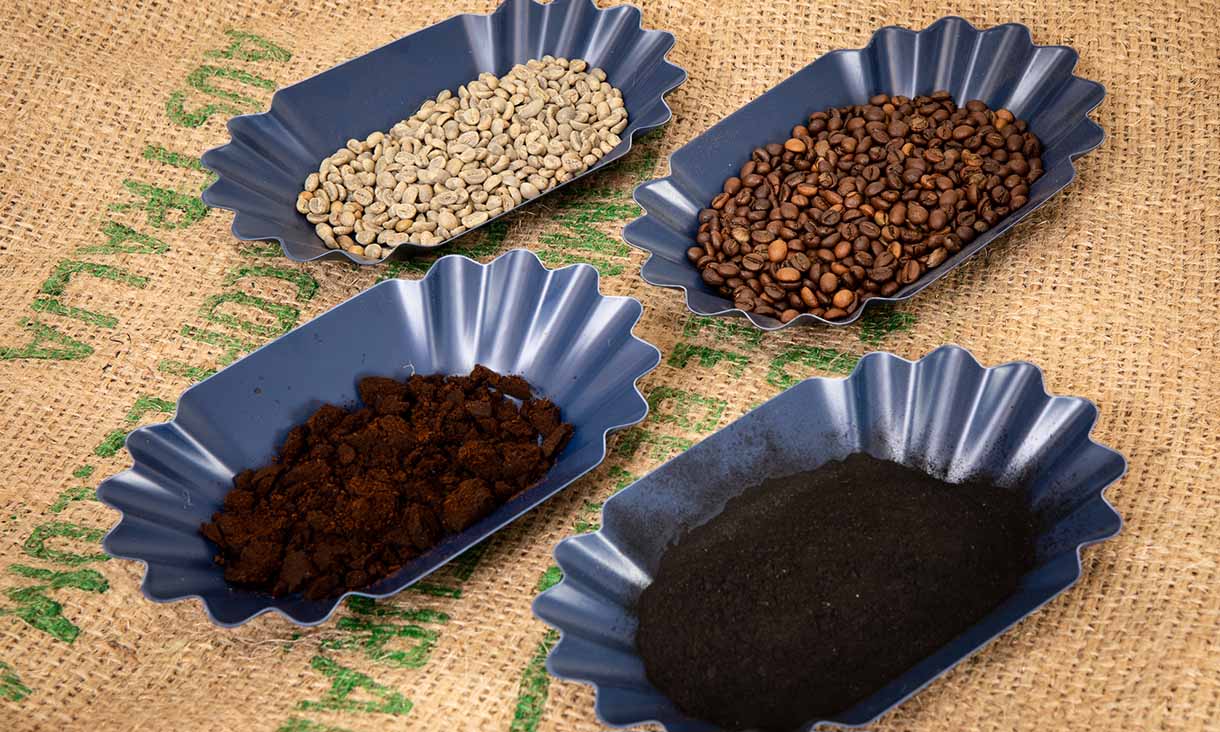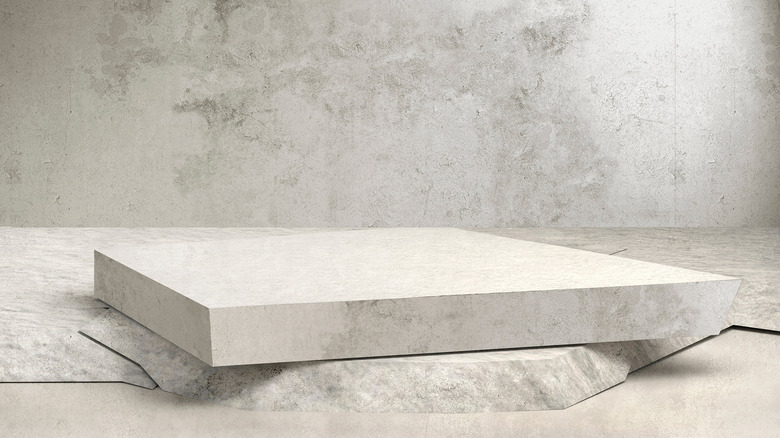Scientists Discovered How To Make Concrete 30% Stronger With Used Coffee Grounds
Pretty soon, we may have a new use for used coffee grounds, and it isn't just throwing them in the trash or adding them to your compost pile. That's because engineers from Australia have put together a new, stronger concrete, which relies on spent coffee grounds as a primary material within the mixture.
The mixture of coffee grounds into the concrete has made it roughly 30 percent stronger, study lead Dr. Rajeev Roychand from RMIT University shared in a statement. With up to 10 billion kilograms of spent coffee grounds estimated to be generated annually, most of that bulk finds its way to landfills, where it breaks down and releases methane and carbon dioxide into the atmosphere.

"The inspiration for our work was to find an innovative way of using the large amounts of coffee waste in construction projects rather than going to landfills – to give coffee a 'double shot' at life," Roychand explained in a press release from RMIT University. The entire plan could help cut down drastically on organic waste.
So, how exactly does this work? According to the engineers, the spent coffee grounds are mixed into what the researchers call biochar, and then that can be used for concrete applications. Because the grounds are mixed directly into the concrete, it allows for a stronger bond, making it much stronger than regular concrete.
To properly scale it upward, the researchers will need to develop more practical implication strategies. It will also require more trials to ensure the stronger concrete can stand up to the test of time. Since organic materials like coffee grounds naturally break down, they'll need to ensure the concrete's strength doesn't falter as time passes.
Other breakthroughs in concrete have seen researchers create energy-storing concrete, which is capable of storing power captured by solar panels. Perhaps these two projects could somehow mix together in the future, allowing for stronger concrete capable of storing energy, too.
Research on the new concrete is available in the Journal of Cleaner Production.
